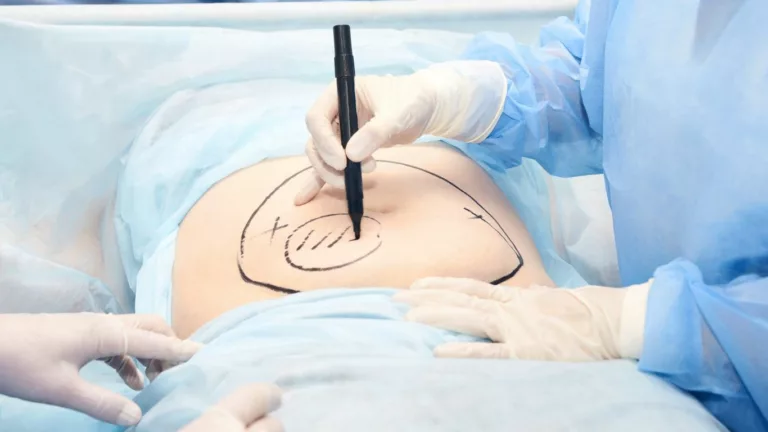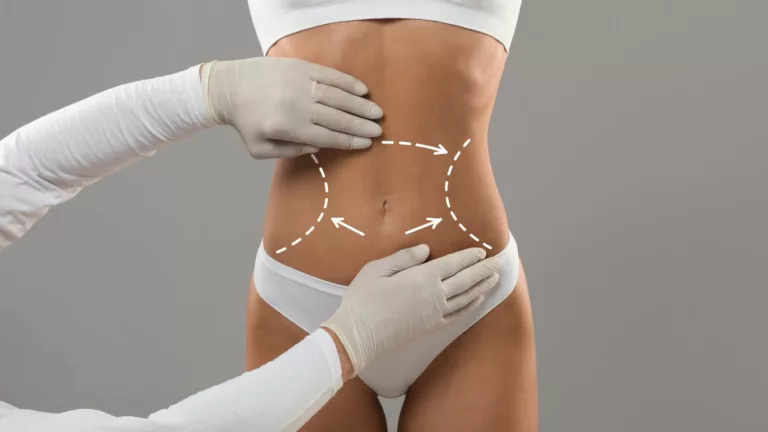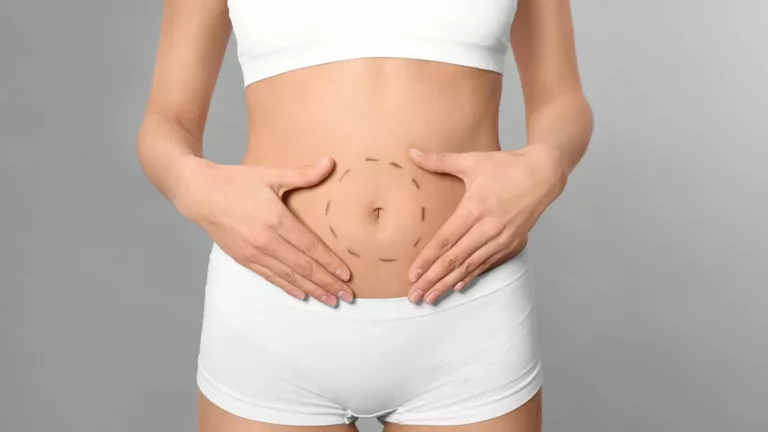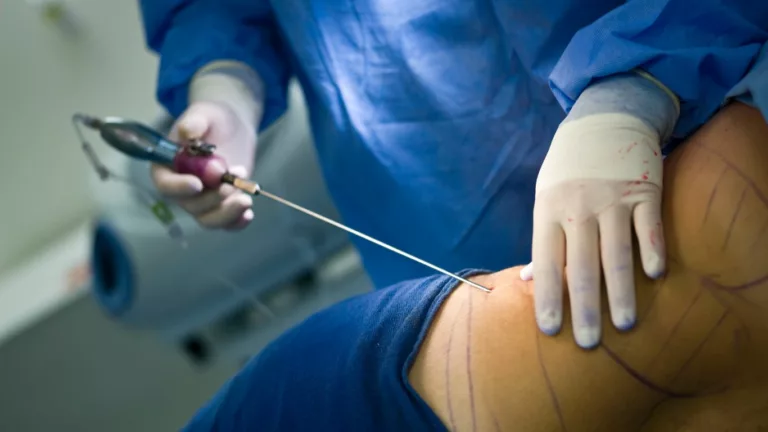Understanding the Liposuction Healing Process
Dive into the liposuction healing process with our detailed guide. Discover stages, tips for faster recovery, and what to expect post-procedure.
Liposuction, a popular cosmetic surgery for fat removal, offers many the chance to achieve their desired body contours. Understanding the healing process post-liposuction is crucial for optimal results and smooth recovery. This comprehensive guide outlines the stages of healing, essential tips for faster recovery, and important considerations.
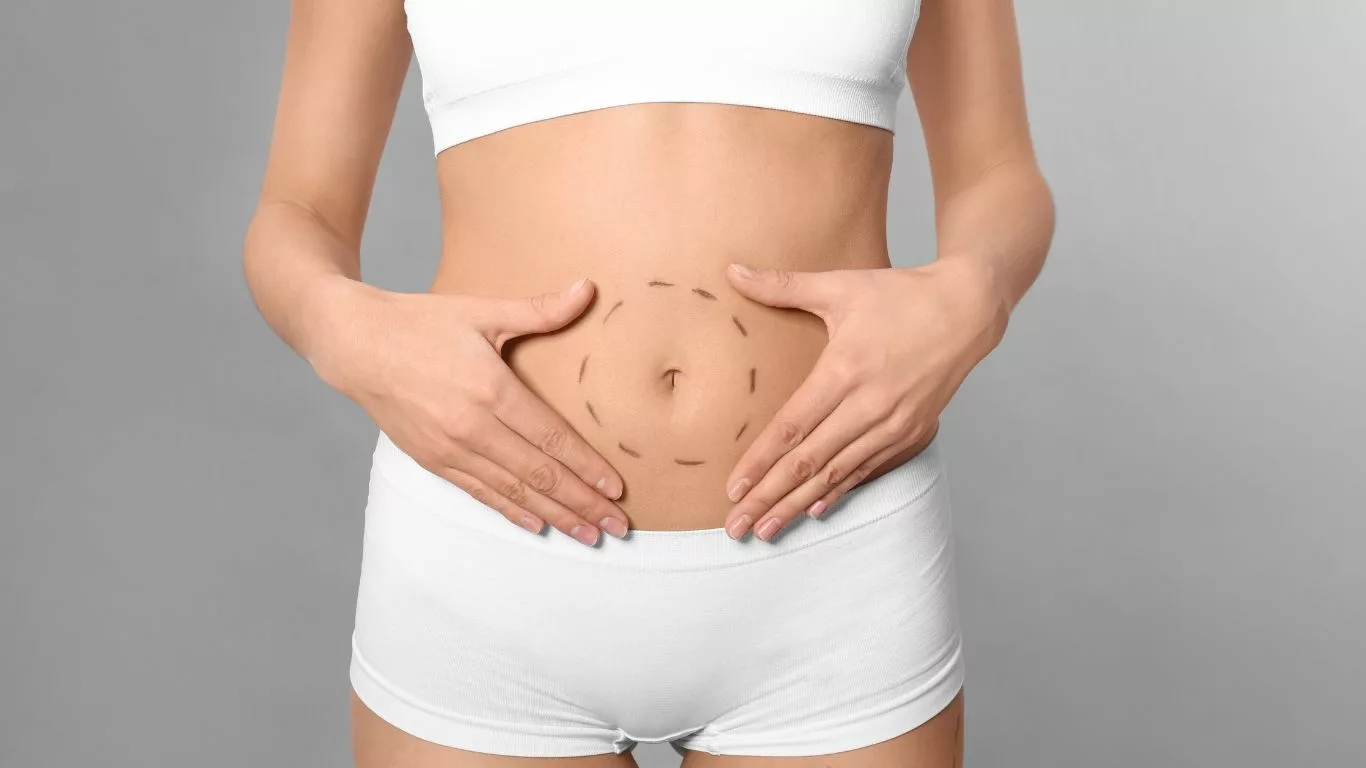
What to Expect During the Liposuction Healing Process
The healing process after liposuction varies for each individual, but generally follows a predictable path. Understanding each phase can help patients manage their recovery more effectively and achieve the best possible results. Here’s an in-depth overview of the typical stages and what to expect:
Immediate Post-Operative Period (First 48 Hours)
Immediately following the procedure, patients are likely to experience some discomfort, swelling, and bruising in the treated areas. This initial phase is critical for rest and limited movement to prevent complications and promote healing. Here’s what typically happens during this period:
- Pain and Discomfort: Patients may feel soreness and tenderness around the treated areas. Pain medications prescribed by the surgeon should be taken as directed to manage discomfort.
- Swelling and Bruising: Significant swelling and bruising are common as the body reacts to the surgical trauma. Compression garments are essential during this time to help reduce swelling, provide support, and shape the new contours.
- Drainage: It’s normal to experience fluid drainage from the incision sites. Surgeons may place drains to help remove excess fluid and reduce the risk of infection. Keeping the incision sites clean and dry is crucial to prevent complications.
- Limited Activity: Rest is paramount. Patients should avoid any strenuous activities or movements that could strain the treated areas. Light walking is encouraged to promote blood circulation and reduce the risk of blood clots.
Early Recovery Phase (First Week)
The first week post-surgery is marked by the continued presence of swelling and bruising. Patients must be diligent in their post-operative care to ensure a smooth recovery:
- Continued Swelling and Bruising: While the swelling and bruising may still be significant, they should gradually start to decrease. Compression garments remain essential and should be worn continuously as per the surgeon’s instructions.
- Medication and Care: Follow the prescribed medication regimen, including pain relievers and antibiotics, to manage pain and prevent infection. Proper wound care and hygiene are critical during this period.
- Light Activity: Although rest is important, light activities such as short walks are beneficial to maintain circulation. However, patients should avoid any form of exercise or heavy lifting.
- Diet and Hydration: A balanced diet rich in proteins, vitamins, and minerals supports healing. Staying well-hydrated aids in recovery and helps reduce swelling.
Mid-Recovery Phase (Weeks 2-4)
During the mid-recovery phase, patients usually start to notice a reduction in swelling and bruising. This phase allows for a gradual return to daily activities:
- Reduction in Swelling and Bruising: Swelling and bruising will continue to diminish. Some residual swelling may persist, but the treated areas should start to take on their new shape.
- Returning to Work: Most patients feel well enough to return to work and resume light activities. It’s important to avoid physically demanding tasks that could impede the healing process.
- Compression Garments: Continue wearing compression garments as directed by your surgeon. These garments help in shaping the treated areas and further reduce swelling.
- Stitch Removal: If non-dissolvable stitches were used, they are typically removed around this time. This is usually a quick and painless procedure performed by the surgeon.
- Physical Activity: Light exercises, such as walking and gentle stretching, can be gradually introduced. However, strenuous activities and heavy lifting should still be avoided.
Late Recovery Phase (Months 1-3)
By the late recovery phase, patients will see significant improvements in their condition. Most of the swelling should have subsided, and the final results will start to become more visible:
- Visible Results: By the third month, the treated areas should reveal more defined contours. Any lingering swelling should be minimal, and the skin and tissues continue to heal and adjust.
- Exercise and Activities: Patients can gradually reintroduce more vigorous exercises into their routine. However, it’s important to listen to your body and avoid activities that cause discomfort. High-impact activities and heavy lifting should still be approached with caution.
- Ongoing Care: Continue following any additional care instructions provided by your surgeon. Regular follow-up appointments are crucial to monitor progress and address any concerns.
- Long-Term Maintenance: Maintaining a healthy lifestyle, including a balanced diet and regular exercise, is essential to preserve the results of the liposuction. Significant weight fluctuations can affect the surgical outcomes.
Understanding the liposuction healing process helps set realistic expectations and ensures patients can actively participate in their recovery. Each phase is essential for achieving the desired results and ensuring overall well-being.
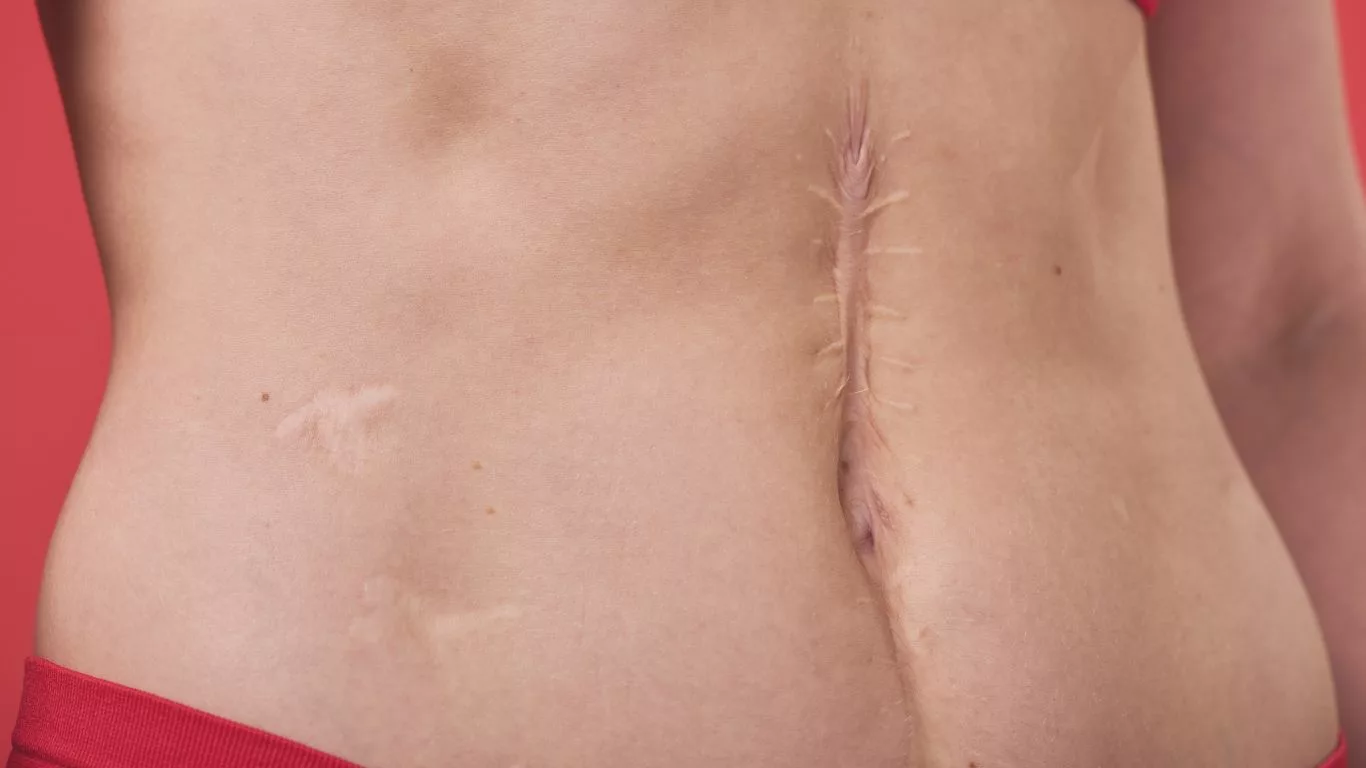
Tips for a Smooth and Speedy Recovery
Effective post-operative care can significantly influence the healing process. Here are some detailed tips to ensure a smooth and speedy recovery:
Follow Your Surgeon’s Instructions
Adhering to the post-operative care instructions provided by your surgeon is critical. This includes medication schedules, wound care, and activity restrictions. Your surgeon will give you specific guidelines on how to care for your incision sites, which medications to take (including pain relievers and antibiotics), and when to return for follow-up visits. Not following these instructions can lead to complications, delayed healing, and suboptimal results. Make sure to have a clear understanding of your surgeon’s directions and do not hesitate to ask questions if something is unclear.
Wear Compression Garments
Compression garments help minimize swelling, support the healing tissues, and improve the final contour. They work by applying consistent pressure to the treated areas, which helps reduce fluid buildup, promote better blood circulation, and enhance skin retraction. Ensure they are worn as directed by your healthcare provider, typically for several weeks post-surgery. Proper fit and consistent wear are essential for achieving the best results. Some discomfort is normal, but if you experience significant pain or irritation, contact your surgeon.
Stay Hydrated and Eat a Balanced Diet
Proper nutrition and hydration are essential for healing. Focus on a diet rich in vitamins, minerals, and proteins to support tissue repair and overall recovery. Hydration is crucial as it helps maintain blood volume and promotes cellular functions. Include foods high in antioxidants, such as fruits and vegetables, to aid in reducing inflammation. Proteins from lean meats, eggs, and legumes will help repair tissues. Avoid high-sodium foods that can increase swelling and stay clear of sugary or highly processed foods that offer little nutritional value.
Engage in Light Activities
While rest is important, light activities such as walking can help reduce the risk of blood clots and promote circulation. Gentle movement encourages blood flow, which aids in the healing process and helps prevent complications like deep vein thrombosis (DVT). Start with short, frequent walks and gradually increase your activity level as your body allows. Avoid strenuous exercises, heavy lifting, and high-impact activities until your surgeon gives the all-clear, typically several weeks after surgery.
Monitor for Signs of Complications
Keep an eye out for signs of infection or other complications, such as excessive redness, increased pain, or unusual discharge from the incision sites. Fever and chills can also be indicators of infection. Early detection and prompt communication with your healthcare provider can prevent minor issues from becoming major problems. Additionally, be aware of any significant asymmetry, persistent lumps, or severe bruising. If you notice any concerning symptoms, contact your surgeon immediately for advice and potential intervention.

Considerations and Precautions
To ensure a successful recovery, consider the following precautions:
Avoid Smoking and Alcohol
Both smoking and alcohol can impair the healing process. Smoking restricts blood flow and reduces oxygen delivery to tissues, which is vital for healing. It also increases the risk of complications such as infections and delayed wound healing. Alcohol can dehydrate your body and interfere with medications you may be taking post-surgery. It’s advisable to refrain from these substances before and after surgery to optimize recovery. Ideally, you should quit smoking several weeks before and after your procedure.
Limit Sun Exposure
Sun exposure can affect the healing skin and may lead to hyperpigmentation or prolonged swelling. Protect your skin by wearing protective clothing and applying sunscreen to avoid direct sun exposure to the treated areas. Sunburn can worsen inflammation and delay the healing process. If you need to be outside, wear a wide-brimmed hat and seek shade whenever possible. Use a broad-spectrum sunscreen with at least SPF 30 on all exposed areas.
Patience is Key
Healing from liposuction takes time. Be patient and give your body the time it needs to fully recover and reveal the final results. Swelling and minor irregularities can take several months to resolve completely. Follow your surgeon’s advice regarding when you can expect to see improvements and final outcomes. Avoid comparing your progress with others, as individual healing rates vary. Keeping a positive mindset and focusing on gradual progress will help you navigate the recovery period more smoothly.
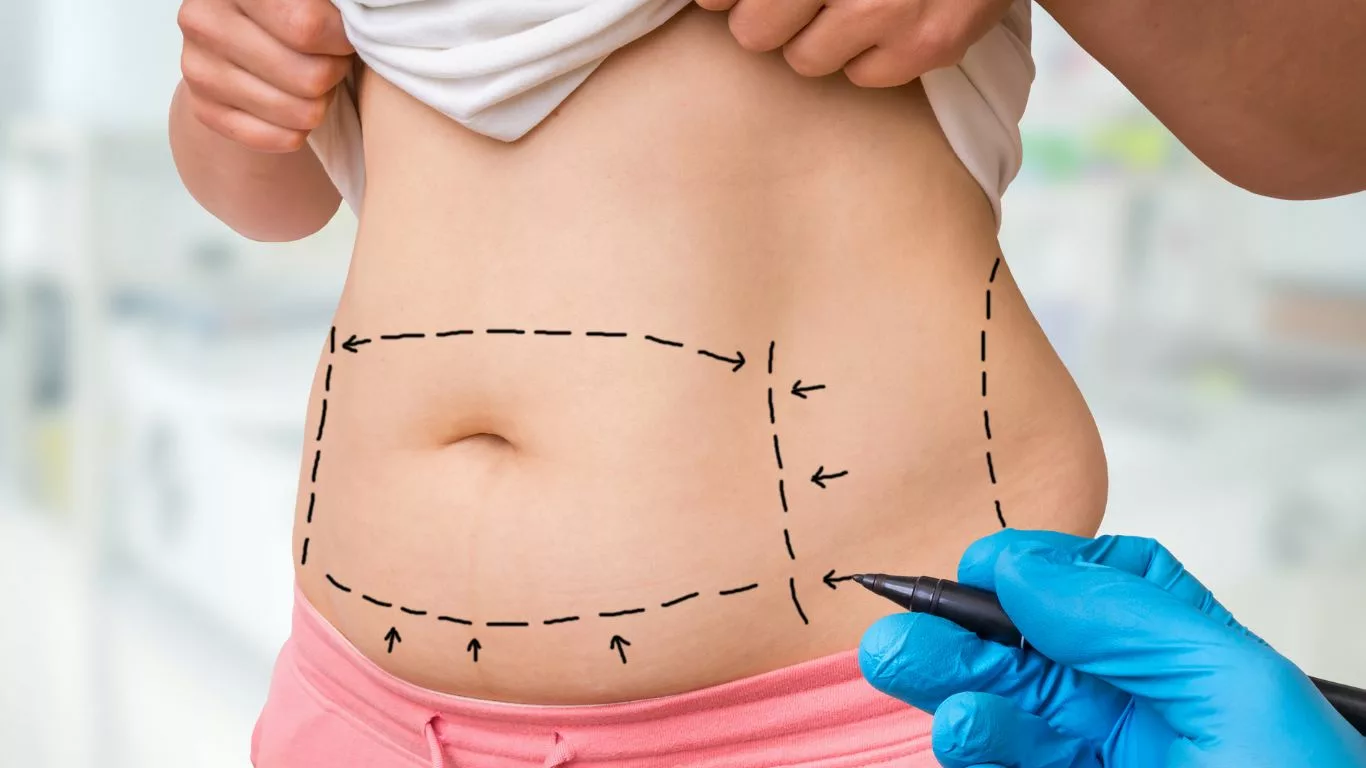
Conclusion
The liposuction healing process involves several stages, each requiring specific care and attention. By following your surgeon’s instructions, wearing compression garments, maintaining proper nutrition, and monitoring for complications, you can ensure a smoother recovery and better results. Remember, patience and adherence to post-operative guidelines are crucial for achieving the best outcomes.
Appendices
References
For further exploration of the liposuction healing process, consider reviewing the following references:
- Illouz, Y. G. (1983). Body contouring by lipolysis: a 5-year experience with over 3000 cases. Aesthetic Plastic Surgery, 7(1), 19-23. Read Article
- Fodor, P. B. (1993). Ultrasonic-assisted lipoplasty: an overview. Aesthetic Surgery Journal, 13(1), 45-48. Read Article
- Zelken, J. A., & Huang, C. (2016). The Role of Liposuction in the Management of Lymphedema. Journal of Surgical Research, 204(1), 87-93. Read Article
- National Institutes of Health (NIH). (2023). Post-Operative Care for Liposuction Patients. National Medical Journal, 39(5), 315-325. Read Article
FAQs
Here are some frequently asked questions about the liposuction healing process:
- How long does it take to fully recover from liposuction? Full recovery from liposuction can take up to six months, although most individuals return to normal activities within a few weeks.
- When can I see the final results of liposuction? The final results are typically visible after three to six months, once the swelling has completely subsided.
- Are there any activities I should avoid during recovery? Yes, avoid strenuous exercise, heavy lifting, and activities that may strain the treated areas until your surgeon advises otherwise.
Related Table
Here’s a summary table of key information regarding the liposuction healing process:
| Aspect | Information |
|---|---|
| Initial Discomfort | First 48 hours |
| Return to Work | 1-2 weeks |
| Full Recovery | Up to 6 months |
| Key Tips | Follow surgeon’s instructions, wear compression garments, stay hydrated |
Disclaimer: The information provided in this article is for educational and informational purposes only. It is not intended to be a substitute for professional medical advice, diagnosis, or treatment. Always seek the advice of your physician or other qualified health provider with any questions you may have regarding a medical condition. Never disregard professional medical advice or delay in seeking it because of something you have read in this article. Reliance on any information provided in this article is solely at your own risk.

Camellia Wulansari is a dedicated Medical Assistant at a local clinic and a passionate health writer at Healthusias.com. With years of hands-on experience in patient care and a deep interest in preventive medicine, she bridges the gap between clinical knowledge and accessible health information. Camellia specializes in writing about digestive health, chronic conditions like GERD and hypertension, respiratory issues, and autoimmune diseases, aiming to empower readers with practical, easy-to-understand insights. When she’s not assisting patients or writing, you’ll find her enjoying quiet mornings with coffee and a medical journal in hand—or jamming to her favorite metal band, Lamb of God.



